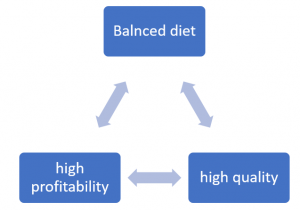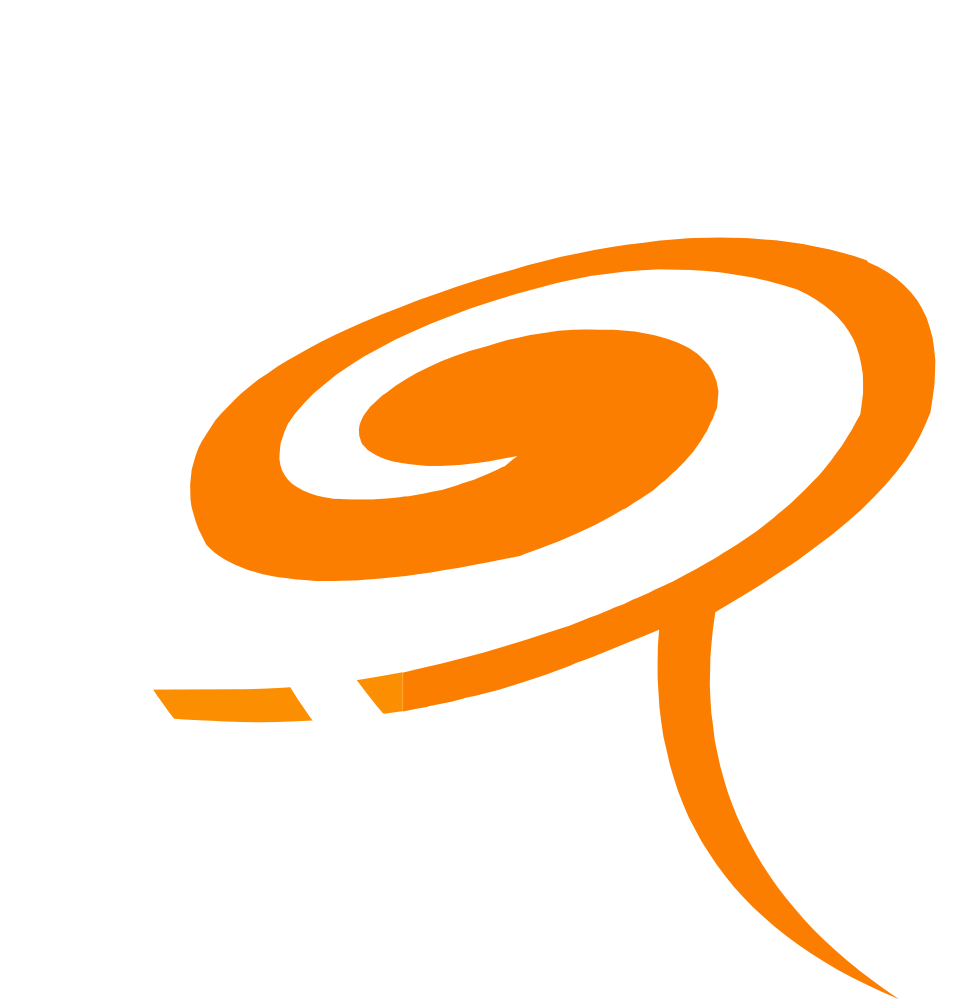Layer chickens:
Layer chickens: It means the chicken breeds that are characterized by their high production of eggs compared to other strains of chickens whether they produce meat or dual-purpose, and reared for table egg production and have special nutritional needs of all nutrients such as protein and energy and different from other needs in major mineral elements (calcium and phosphorus) as well as microelements.
We would like to clarify some information about the nutritional value of eggs:
Nutritional value of eggs:
• The most important source of animal protein necessary for humans.
• The most balanced protein.
• Foods that are preserved for long periods compared to other animal products.
• Rich in mineral elements such as sodium, potassium, phosphorus, calcium, iron and rich in vitamin A.
The egg consists of three basic components: the shell and membrane representing 11%, albumin represents 58%, the yolk represents 31%.
The following table shows the chemical composition of the egg:
| nutrients | Whole egg | Egg without shell | Egg yolk | Egg albumin | Shell and membrane |
|---|---|---|---|---|---|
| Moisture % | 65 | 74 | 48 | 84 | 2 |
| Protein % | 12 | 12 | 17.5 | 11 | - |
| Fat % | 11 | 11 | 32.5 | 0.2 | - |
| Carbohydrate % | 1 | 0.5 | 1 | 1 | - |
Notes on layer chicken feeding:
The life of laying hens divided into three stages according to nutritional requirements.
First: feeding in the starting period (hatching age up to 8 weeks):
Nutrient requirements are different at each stage. For example, birds in the first stage need energy-rich diet and protein called a starter. Birds are provided with one type of fodder in this period in which the crude protein is in the range of 18-20% and the energy is in the range of 2800 – 2900 Kcal/kg, but it is preferable to divide this period into two periods: the first period starts from hatching until the end of the brooding period at the age of 4 weeks. The second period, which starts from the age of 5 weeks and lasts until the age of 8 weeks, is provided by a diet of chicks with 18% crude protein and energy of 2900 Kcal/kg.
Second: Nutrition in the Growth Period (from 9 weeks to 20 weeks):
The birds are fed during this period on a pullet diet and start from the age of 9 weeks to the age of 20 weeks where a diet containing 14-16% crude protein and energy is provided in the range of 2700 – 2900 kcal/kg, in this period occurring development of the skeleton and vital organs of the body.
The growth period can be divided into two stages:
The first stage starts from the age of 9 – 12 weeks and provides pullet diet 16% crude protein and energy represented 2700 kcal/kg, the second stage starts at the age of 13 weeks and ends at 17 weeks and provide pullet diet 14% crude protein and energy 2750 kcal/Kg. The reason is that the first stage (6-8 weeks) is the transition from chicks to the pullet, the second phase (13-17 weeks) consider the beginning of the activity of the reproductive organs and its development. Some programs recommend providing a pre-layer (17 to 20-week) diet with 18% crude protein, 2750 kcal/kg with 2.50% calcium. This diet aiming to prepare the bird for high production as the rate of production rises rapidly in the first two months of production.
During the period of growth (9 – 16 weeks) is noticeable decrease in crude protein and energy and this means delaying the activity and development of the reproductive system and thus delay sexual puberty until the development of all vital organs in the body of the bird and thus the bird begins production stage and its vital organs complete. Therefore, the growth diets should be relatively low in energy and protein content, and the growth of the bird’s body should be delay achieving balance between the growth of the reproductive organs with body volume. It does not allow it to satiate but gives a specific amount of feed, in relation with a lighting program that allows illumination for a limited number of hours per day, depending on the age of the chicken, all this in order not to allow the bird to grow at a rate exceeding the planned rate, which achieves the ideal balance between the growth of the reproductive system and the rest of the organs The Body.
Third: Nutrition in the period of production (from the age of 19 weeks to the end of the production stage):
The period of growth of the diets (pullet diet) ends at the end of week 20 and then begins the introduction of laying hens (production diets) and there will be a gradual transition period extends from the first week 22 to the beginning of production (in the week 25-28) where the average daily diet of 90 g increases gradually during this period until it reaches 120 g. The peak production phase starts from the beginning of the production increase at the age of 25 weeks and lasts for 25 weeks until the age of 50 weeks. The curve of production flat after 50 weeks and gradual decrease until 90 weeks.
The breeds of chickens that produce eggs are highly productive for the birds, since the bird produces an amount of eggs equal to its weight every 5 – 6 weeks. If the ration is not balanced and has all the needs required by the bird, the production of eggs is disturbed, and the production rate decreases, and the bird becomes uneconomical. Usually, during the production phase from the age of 21 to 76 weeks provide balanced rations with crude protein ranging between 17-20 % and energy from 2800 to 2900 kcal / kg and calcium in the range of 4%.
AIMCO laying hens feeding system, which has more than 40 years of experience in this field, is characterized by the following:

Arab Integral Ministration Company (AIMCO) has a different vision in the laying hen feeding system. Based on its intensive experience in the field, it divided stages of laying hen’s life cycle according to their nutritional requirements and to reach the highest efficiency during the production stages of laying hens to 8 stages as follows:
Starter:
This type of feed is used with the bird at the age of the first day (chicks) until the end of the fourth week of the life of the bird.
| Protein, % | Energy, kcal ME/ kg | Calcium, % | Available, P |
|---|---|---|---|
| 20.50 | 2950 | 1.00 | 0.48 |
Grower:
Grower 1
This type of feed is used from the fifth week until the end of the eighth week of the bird’s life
| Protein, % | Energy, kcal ME/ kg | Calcium, % | Available, P |
|---|---|---|---|
| 18.50 | 2900 | 1.00 | 0.48 |
Grower 2
This type of feed is used from the ninth week until the end of the twelfth week.
| Protein, % | Energy, kcal ME/ kg | Calcium, % | Available, P |
|---|---|---|---|
| 16.50 | 2850 | 1.00 | 0.43 |
Grower 3
This type of feed is used from the 13th week to the 16th week.
| Protein, % | Energy, kcal ME/ kg | Calcium, % | Available, P |
|---|---|---|---|
| 14.50 | 2750 | 1.00 | 0.44 |
Pre-layer diet
This feed is used in the 17th and 18th week of bird life.
| Protein, % | Energy, kcal ME/ kg | Calcium, % | Available, P |
|---|---|---|---|
| 17.50 | 2750 | 2.50 | 0.46 |
Layer diet:
First stage: Used during the first stage of production from the 19th week to the 36th week of life.
| Protein, % | Energy, kcal ME/ kg | Calcium, % | Available, P |
|---|---|---|---|
| 19.00 | 2850 | 4.00 | 0.46 |
Second stage: Used during the second stage of production from the 37th week to the 68th week of age.
| Protein, % | Energy, kcal ME/ kg | Calcium, % | Available, P |
|---|---|---|---|
| 17.00 | 2800 | 4.50 | 0.46 |
Third stage: Used during the third stage of production from the week of ninety-nine to end of production.
| Protein, % | Energy, kcal ME/ kg | Calcium, % | Available, P |
|---|---|---|---|
| 15.50 | 2700 | 4.80 | 0.33 |

